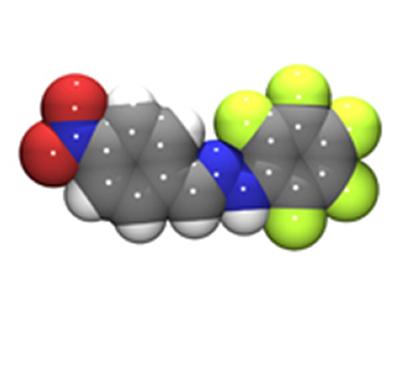Southampton to host new national crystallography service

A new national X-ray crystallography service is being set up at the University of Southampton to support and develop research excellence in chemistry, biochemistry and the physical sciences.
The facility will include new state-of-the-art laboratory equipment and considerable expertise to enable academics from across the UK to study chemical structures at the scale of electrons, atoms and molecules.
Funding of £3.57m is being provided by the Engineering and Physical Sciences Research Council (EPSRC) to deliver the service over the next five years.
Dr Simon Coles, Director of the EPSRC National Crystallography Service, says: “We are delighted that this next-generation facility will be based here at Southampton, serving the academic community of the UK. The new centre will demonstrate best practice in crystallography, developing techniques, software and instrumentation, in addition to handling the most demanding samples that the community needs to investigate.”
Crystallography is concerned with the scattering of beams of X-rays from crystals. Analysis of the scattered rays enables the determination of fundamental chemical structures and the technique can be likened to a ‘microscope’ that can see the arrangement of atoms and molecules. Crystallography is used to determine structures and properties for a wide range of applications such as gas storage materials, catalysts, pharmaceutical drug candidates, sensors, organic electronics, enzymes and proteins.
The new facility, based in the University’s School of Chemistry, will build on the existing national crystallography service. It will have a strong research partnership with Diamond Light Source in Oxfordshire, which generates intense X-rays known as synchrotron light.
Professor Phil Gale, new Head of the National Crystallography Service and Deputy Head of the School of Chemistry at Southampton, says: “I’m delighted that the EPSRC National Crystallography Service will remain at Southampton for the foreseeable future – it's a credit to the high standards set by the crystallography team here and demonstrates the confidence that the UK crystallographic community has in Southampton.”
Notes for editors
1. Engineering and Physical Sciences Research Council (EPSRC) is the main UK government agency for funding research and training in engineering and the physical sciences, investing more than £850 million a year in a broad range of subjects – from mathematics to materials science, and from information technology to structural engineering. For more information, visit www.epsrc.ac.uk.
2. Diamond Light Source is the UK's national synchrotron facility, a powerful machine that produces very intense beams of X-rays, infrared and ultraviolet light. The light is created by accelerating electrons to almost the speed of light and passing them through special magnets, causing them to release energy in the form of incredibly bright synchrotron light, which can be used to look at liquid, solid and gas samples right down to the scale of molecules and atoms.
For more information about Diamond, visit www.diamond.ac.uk.